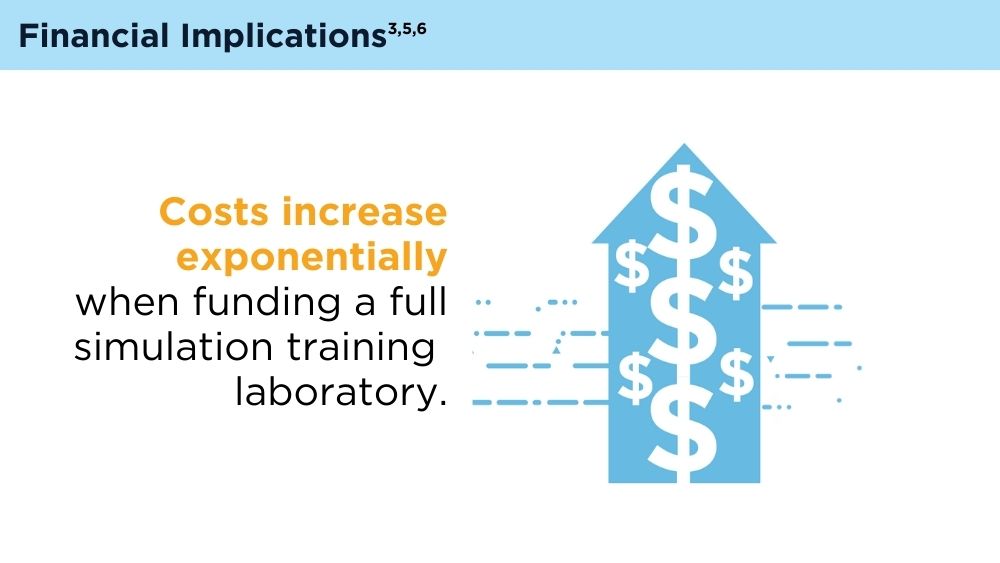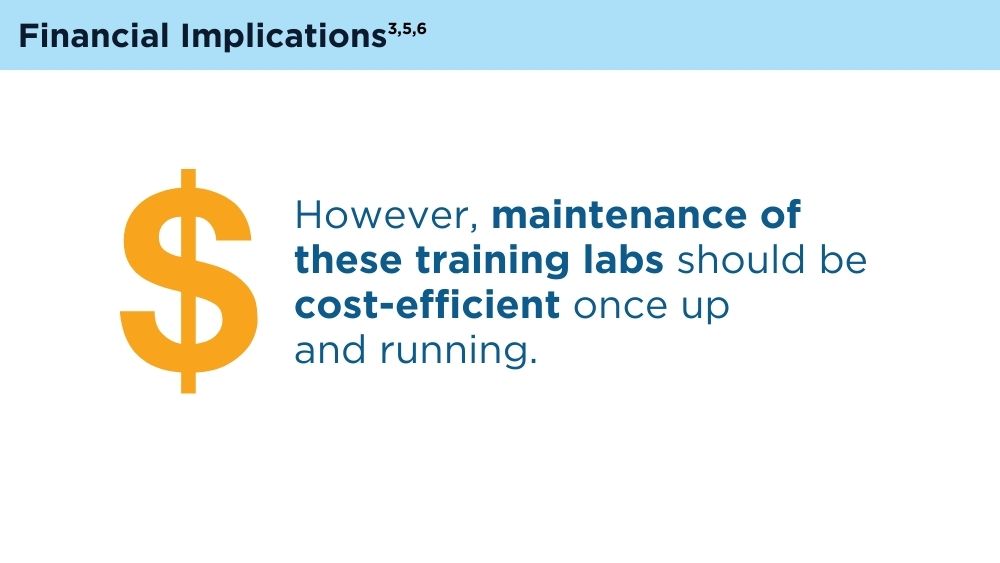User login
Article Type
Changed
Wed, 06/05/2024 - 13:39
Display Headline
Simulation-Based Training in Endoscopy: Benefits and Challenges
References
- Hayden EM, Khatri A, Kelly HR, Yager PH, Salazar GM. Mannequinbased telesimulation: increasing access to simulation-based education. Acad Emerg Med. 2018;25(2):144-147. doi:10.1111/acem.13299
- Khan R, Scaffidi MA, Grover SC, Gimpaya N, Walsh CM. Simulation in endoscopy: practical educational strategies to improve learning. World J Gastrointest Endosc. 2019;11(3):209-218. doi:10.4253/wjge.v11.i3.209
- Bhushan S, Anandasabapathy S, Shukla R. Use of augmented reality and virtual reality technologies in endoscopic training. Clin Gastroenterol Hepatol. 2018;16(11):1688-1691. doi:10.1016/j.cgh.2018.08.021
- Bienstock J, Heuer A. A review on the evolution of simulationbased training to help build a safer future. Medicine (Baltimore). 2022;101(25):e29503. doi:10.1097/MD.0000000000029503
- Emergen Research. Global augmented and virtual reality in healthcare market size to reach USD 20.76 billion in 2032. GlobeNewswire. Published October 12, 2023. Accessed January 5, 2024. https://www.globenewswire.com/news-release/2023/10/12/2759433/0/en/GlobalAugmented-and-Virtual-Reality-in-Healthcare-Market-Size-to-ReachUSD-20-76-Billion-in-2032-Emergen-Research.html
- Hippe DS, Umoren RA, McGee A, Bucher SL, Bresnahan BW. A targeted systematic review of cost analyses for implementation of simulation-based education in healthcare. SAGE Open Med. 2020;8:2050312120913451. doi:10.1177/2050312120913451
Publications
Topics
References
- Hayden EM, Khatri A, Kelly HR, Yager PH, Salazar GM. Mannequinbased telesimulation: increasing access to simulation-based education. Acad Emerg Med. 2018;25(2):144-147. doi:10.1111/acem.13299
- Khan R, Scaffidi MA, Grover SC, Gimpaya N, Walsh CM. Simulation in endoscopy: practical educational strategies to improve learning. World J Gastrointest Endosc. 2019;11(3):209-218. doi:10.4253/wjge.v11.i3.209
- Bhushan S, Anandasabapathy S, Shukla R. Use of augmented reality and virtual reality technologies in endoscopic training. Clin Gastroenterol Hepatol. 2018;16(11):1688-1691. doi:10.1016/j.cgh.2018.08.021
- Bienstock J, Heuer A. A review on the evolution of simulationbased training to help build a safer future. Medicine (Baltimore). 2022;101(25):e29503. doi:10.1097/MD.0000000000029503
- Emergen Research. Global augmented and virtual reality in healthcare market size to reach USD 20.76 billion in 2032. GlobeNewswire. Published October 12, 2023. Accessed January 5, 2024. https://www.globenewswire.com/news-release/2023/10/12/2759433/0/en/GlobalAugmented-and-Virtual-Reality-in-Healthcare-Market-Size-to-ReachUSD-20-76-Billion-in-2032-Emergen-Research.html
- Hippe DS, Umoren RA, McGee A, Bucher SL, Bresnahan BW. A targeted systematic review of cost analyses for implementation of simulation-based education in healthcare. SAGE Open Med. 2020;8:2050312120913451. doi:10.1177/2050312120913451
References
- Hayden EM, Khatri A, Kelly HR, Yager PH, Salazar GM. Mannequinbased telesimulation: increasing access to simulation-based education. Acad Emerg Med. 2018;25(2):144-147. doi:10.1111/acem.13299
- Khan R, Scaffidi MA, Grover SC, Gimpaya N, Walsh CM. Simulation in endoscopy: practical educational strategies to improve learning. World J Gastrointest Endosc. 2019;11(3):209-218. doi:10.4253/wjge.v11.i3.209
- Bhushan S, Anandasabapathy S, Shukla R. Use of augmented reality and virtual reality technologies in endoscopic training. Clin Gastroenterol Hepatol. 2018;16(11):1688-1691. doi:10.1016/j.cgh.2018.08.021
- Bienstock J, Heuer A. A review on the evolution of simulationbased training to help build a safer future. Medicine (Baltimore). 2022;101(25):e29503. doi:10.1097/MD.0000000000029503
- Emergen Research. Global augmented and virtual reality in healthcare market size to reach USD 20.76 billion in 2032. GlobeNewswire. Published October 12, 2023. Accessed January 5, 2024. https://www.globenewswire.com/news-release/2023/10/12/2759433/0/en/GlobalAugmented-and-Virtual-Reality-in-Healthcare-Market-Size-to-ReachUSD-20-76-Billion-in-2032-Emergen-Research.html
- Hippe DS, Umoren RA, McGee A, Bucher SL, Bresnahan BW. A targeted systematic review of cost analyses for implementation of simulation-based education in healthcare. SAGE Open Med. 2020;8:2050312120913451. doi:10.1177/2050312120913451
Publications
Publications
Topics
Article Type
Display Headline
Simulation-Based Training in Endoscopy: Benefits and Challenges
Display Headline
Simulation-Based Training in Endoscopy: Benefits and Challenges
Disallow All Ads
Content Gating
No Gating (article Unlocked/Free)
Alternative CME
Disqus Comments
Default
Consolidated Pubs: Do Not Show Source Publication Logo
Use ProPublica
Conference Recap Checkbox
Not Conference Recap
Clinical Edge
Medscape Article
Display survey writer
Reuters content
Disable Inline Native ads
WebMD Article









